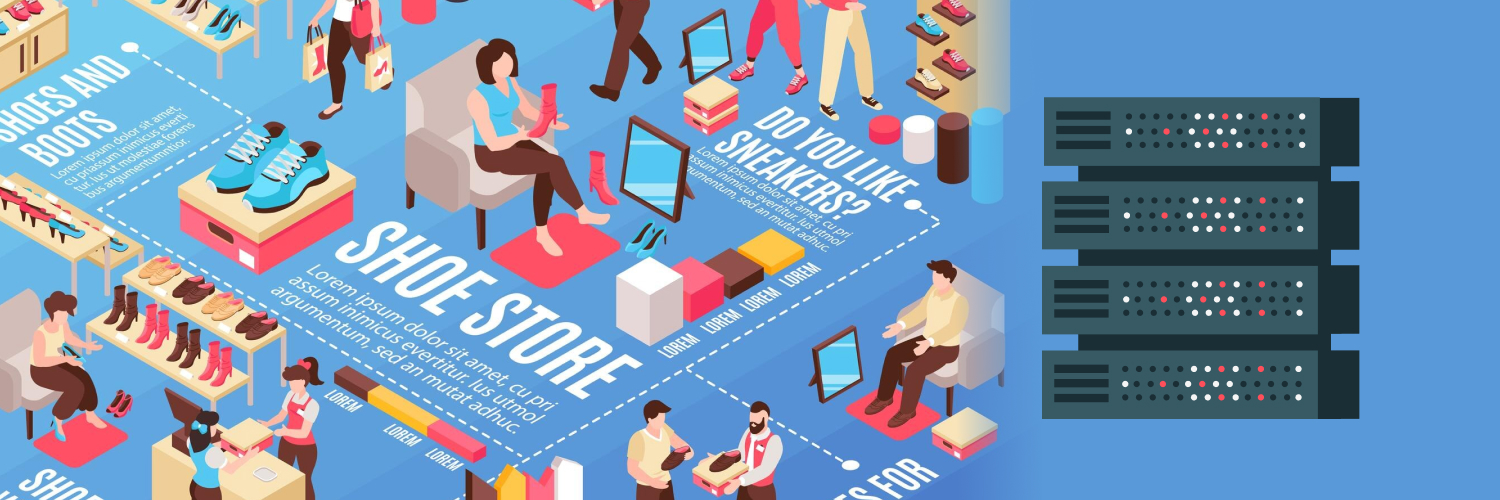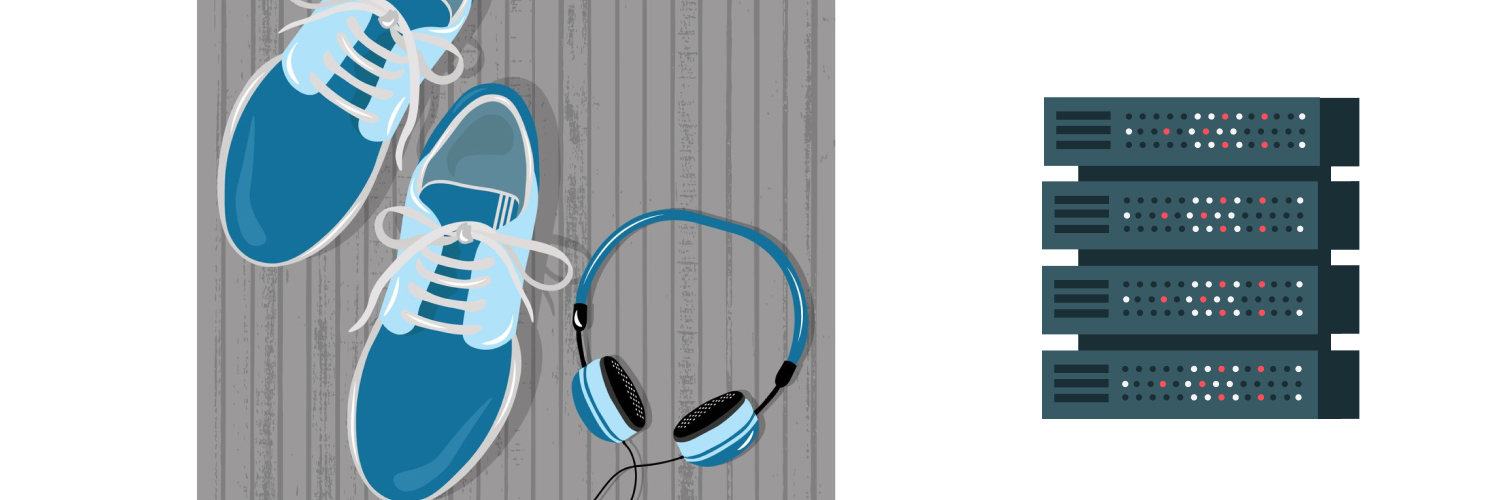The Ultimate Guide To Avoid Copping Fake Sneakers
Whether you’re reselling sneakers or a true-blue sneakerhead buying for love, fake sneakers can be devastating. Name brand sneakers aren’t cheap, and finding out you got a pair of fakes after shelling out your hard-earned money is an experience everyone wants to avoid. This article will cover how you can tell a counterfeit sneaker from the real deal and the best way to avoid being suckered by someone selling fakes. You can use the table of contents to skip ahead if something catches your interest.
The Fake Sneaker Market
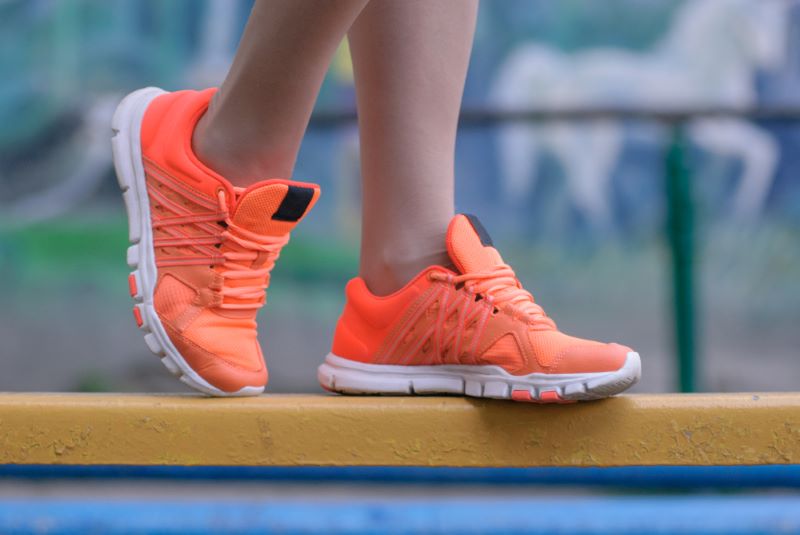
With so much money to be made in the sneaker market — the resale shoe market alone is valued at six billion dollars globally — it’s no wonder the counterfeit market is flourishing. The counterfeit sneaker market is worth $450 billion worldwide and may be worth more than the authentic sneaker market. These fakes come into the U.S. from foreign countries such as China through a web of complicit retailers. They primarily enter through ports in New York and Los Angeles.
It can be difficult to distinguish authentic sneakers from fakes because high-quality counterfeit sneakers are often made in factories alongside real ones, using the same workers, materials, and processes. While brands such as Nike are filing lawsuits to stop websites from selling fake sneakers, they claim big-name platforms like Amazon and eBay aren’t doing their part to stop accounts from selling counterfeits.
“Legal Fake” Sneakers vs. True Counterfeits
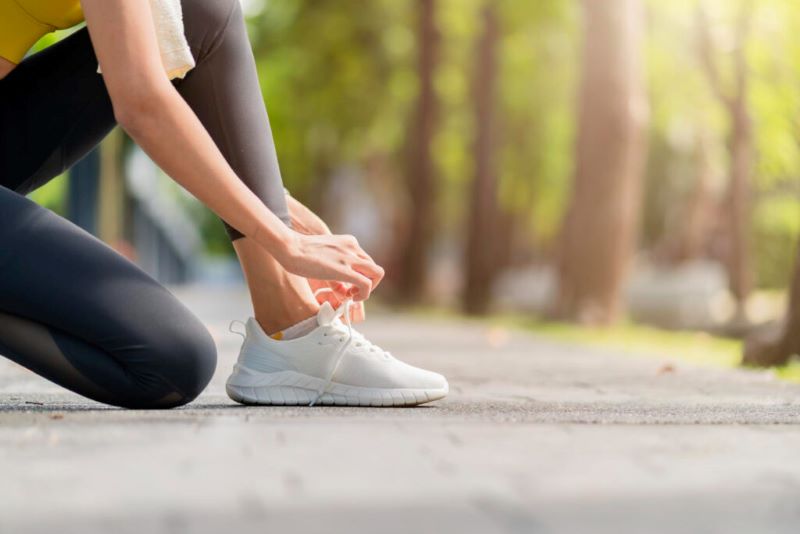
Some companies sell legal knockoffs that look almost exactly like the real thing. These look-alikes may have the label “Niki” instead of “Nike.” However, when they veer too close to the real thing, subtle differences may not be enough to protect them under the law. Nike sued Warren Lotas in 2020 for producing shoes that were too similar to theirs. So while using “Niki” instead of “Nike” may be okay, making shoes with the iconic swoosh could land manufacturers in hot water.
True counterfeits don’t bother changing anything. They try to copy the original as closely as possible and aren’t pretending it is legal. These are the hardest fakes to spot because they often look so much like the original. However, while your untrained eye may not be able to spot the difference, a skilled authenticator can. It may not matter much if you’re just wearing them yourself, although you certainly don’t want to be tricked into paying a fortune for fakes. However, if you’re selling them, you can damage your reputation and unwittingly end up embroiled in a legal mess.
How To Spot Fake Sneakers
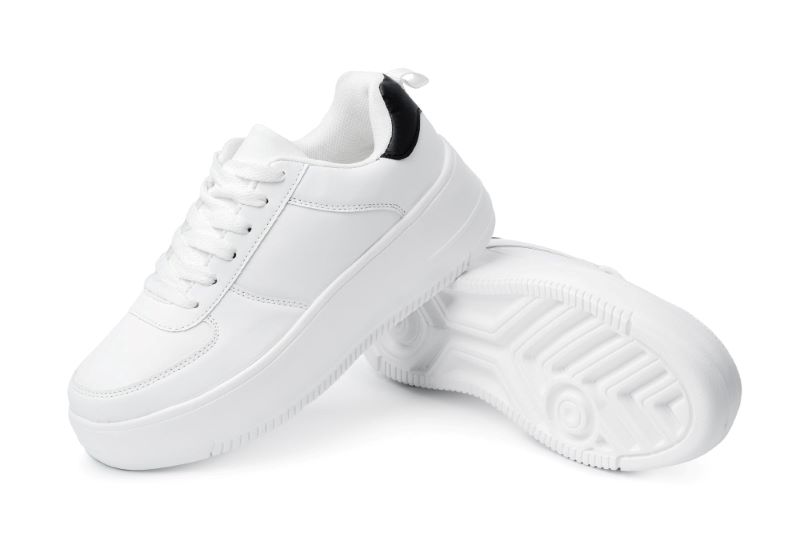
Until the blockchain smart tag is perfected and common, you’ll have to rely on the old methods of spotting counterfeit sneakers. Some fakes are obvious, such as those that slightly misspell the brand name, while others take some sleuthing to detect. Here are some giveaways that you might be looking at counterfeit sneakers:
Slight differences
If your Adidas sneakers have only two stripes, or your Puma sneakers have “PMUA” on the side, you can be pretty sure they’re fake. Look closely at the shoes you’re buying for minor changes like these. Your eyes are easy to trick and might automatically see what you expect, so carefully examine the logo, name, and the rest of the outside and inside of the shoe. This is one reason you shouldn’t buy from resellers using a stock photo instead of a picture of the actual sneakers they’re selling. The exception is a site such as StockX, where all sneakers are independently verified before they’re sold.
Packaging
Some counterfeiters go to great lengths to produce exact duplicates of best-selling sneakers and then forget about the packaging. If your shoes are packed in a flimsy box, that’s often a giveaway. Also, check the packaging to make sure the printing matches the real deal. You can find pictures of the boxes for particular shoes online to use as a baseline.
Authentic shoes include a lot of information in the packaging and on the box. Counterfeiters often don’t know what information should be included, so they either greatly simplify it or leave it out entirely. Somewhere in your shoebox (usually on a sticker), the following information should be included:
Sneaker name. Authentic sneakers will have the brand and the name of the sneakers on the sticker.
Barcode. All products contain a barcode that lets retailers identify what merchandise they have on hand and speed up the checkout process. You can easily scan the barcode of a pair of sneakers using an app. If the barcode doesn’t register or pulls up a different product, it’s a fake. However, an accurate barcode match doesn’t guarantee that a pair of shoes is authentic.
SKU code. SKU stands for stock keeping unit, and it’s a code that manufacturers assign to their stock to keep track of it. It’s usually a string of around eight letters and numbers, sometimes including dashes. The SKU can be found on the sticker, the shoes’ tag, or both. If it’s in both places, check to see if they match. You can look up the SKU of most major shoe manufacturers.
Size. All shoes should have sizing information on their stickers. Generally, the sizing information is included for various countries, such as the U.S., Euro, UK, and centimeter sizes, abbreviated CM or JP. Again, this may vary by manufacturer, so check to see what the standard is for the sneakers you’re considering.
Place of manufacture. Sneakers also include “Made in” information on their stickers. This is not usually a giveaway since it’s so easy to fake but check just in case.
This information is usually printed on a sticker outside the box. If you don’t see a sticker, that’s a good indication you’re looking at a fake. Many counterfeiters include a sticker, but it doesn’t have the correct information, or it may just look off. The font may be odd, or the spacing may be inconsistent. It’s easy enough to find the real thing online, so pull it up and make a comparison.
Smell
Fake shoes often have an odd, strong odor that smells toxic. Major shoe companies no longer use toxic glue, so if you smell it, it’s probably fake. Additionally, each brand has specific materials to produce shoes, so they have a particular smell. This can be hard to pick up on unless you have an authentic pair nearby for comparison.
Construction quality
Check details such as the laces and the seams. The seams can be a significant tell. Notice the size of the holes and the length of the stitches. Look for crooked seams and glue that’s squished out. Check to see if the texture matches the texture of the original. Turn the shoes over and look at the bottom to make sure the logo or pattern on the bottom is sharp and clear.
Fake factories may get some of this right, but they don’t have the resources to invest in quality control that major manufacturers use. Comparing the quality of your shoe to an original of the same type is the best way to tell if you have a pair of authentic or counterfeit sneakers.
Weight
Authentic sneakers are usually designed to be high-performance and lightweight. These materials are more expensive than traditional materials, so counterfeiters often skimp and use heavier materials. Materials that look similar may have completely different compositions and weights. One good way to spot fakes is by comparing the weights. If the weight of the shoes is significantly different, then the odds of fraud are high.
Receipts
If you’re buying from a reseller, ask for a receipt. Professional resellers know they need a receipt to sell on reputable sites, so they know to hang onto them. A receipt doesn’t guarantee authenticity, but it’s another factor in its favor. Deciding if a pair of shoes is authentic is a matter of examining all the little details to see if they add up.
How Can You Authenticate Your Shoes?
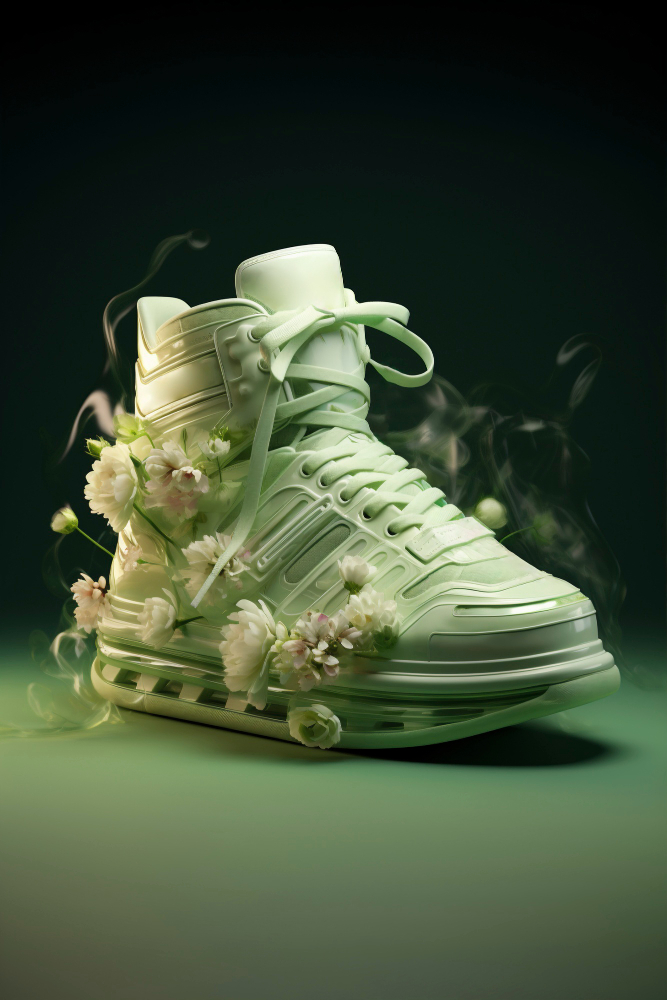
While the tips we listed above are a good place to start, if you’re not comfortable relying on your own skills for authentication, there are services and technology that can help.
CheckCheck
CheckCheck is an app that has a two-step verification process. First, you take pictures of the shoes, and an AI program checks for any inconsistencies. If that check is passed, your sneakers will be reviewed by two separate trained authenticators. You purchase credits that you redeem for each authentication, and quicker results cost more credits. Credits are cheaper if you buy them in bulk.
Legit Check
The Legit Check app teaches you to be your own authenticator. They give you a detailed checklist of what to look for when spotting counterfeits depending on the brand and shoe you’re checking. They also offer a white-glove service, where an authenticator will verify your item and even send you a certificate of authenticity. This service takes up to 48 hours to complete.
Legitmark
You can choose from two levels of service at Legitmark: standard or concierge. Both services operate the same way. You send pictures to the authenticators, who verify whether the shoes are genuine or counterfeit. The concierge service includes a tag you can attach to your shoes to prove they’re authentic.
eBay Authenticity Guarantee
If you’re selling on eBay, you can take advantage of their authenticity guarantee. Products that have been authenticated through eBay have a blue Authenticity Guarantee checkmark badge so that buyers know they’re the real deal. If your product is eligible, it will be automatically entered into the program. You don’t have the option of opting in or opting out. Most sneaker brands qualify for the program. For a complete list, click here. When your sneakers are sold, you send them to the authenticator, who inspects them. If they pass the inspection, the authenticator will send them on to the buyer.
AI-powered authentication
Like almost every other industry, sneaker authentication is starting to get a boost from artificial intelligence (AI). While some places still use humans, more outlets are turning to machine learning to give a helping hand in sorting out authentic and counterfeit sneakers. A startup out of New York University, Entrupy, has developed a “Legit Check Tech” (LCT) technology that uses machine learning to identify fakes.
You place your sneakers inside one of Entrupy’s boxes fitted with eight different cameras. The sneakers are photographed from different angles, and the pictures are compared to Entrupy’s extensive database of photos of authentic sneakers. The app can tell you whether your kicks are authentic in one minute or less.
Although the website states they expect a full launch in 2022, you can still sign up for their beta program if you sell or resell frequently-counterfeited sneakers such as Nike Air Jordan 1, Adidas Yeezys, and Gucci.
Fake Sneaker Websites
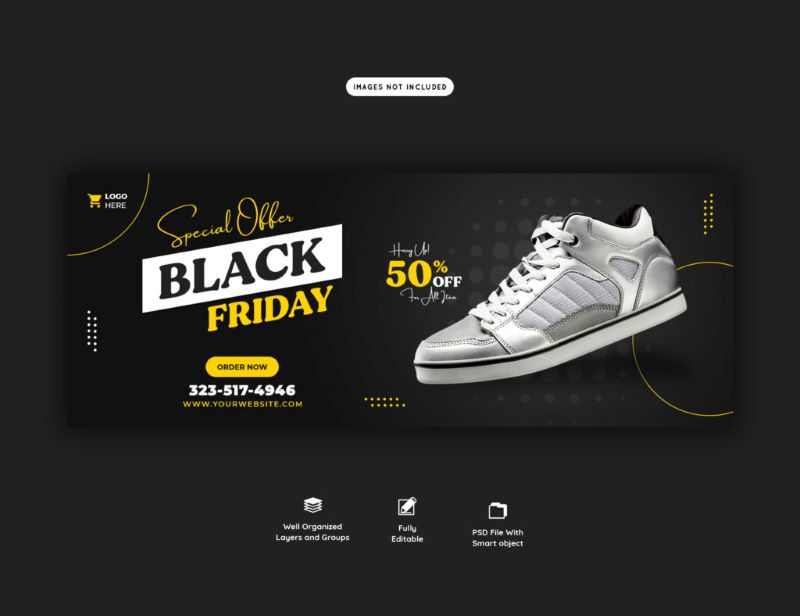
Your best indicator that your shoes are fake may be the source. If you scored a pair of hot, limited-edition sneakers for next to nothing, you bought a pair of fakes. No one is selling a $400 pair of shoes for $23. No, they don’t have to make room for new inventory. No, they don’t need the “exposure.” They’re selling fakes. If you’re wondering if you bought off a fake sneakers website, just search for ” fake sneaker website.” These guys aren’t even trying to hide it. You’ll get over 1.5 million results in a fraction of a second.
Unfortunately, many consumers want to buy fake shoes and are happy to purchase look-alikes for less than half the cost. Some of these sites are legal, while some aren’t. The profit potential of selling counterfeit shoes outweighs the possible costs, both legal and financial. The problem arises when fakes make their way to the resale market and are passed off as the real thing.
As Nike alleges in its lawsuit, the problem is particularly bad on platforms such as Amazon and eBay, sites that people expect to be legitimate. If you’re buying shoes online, look for a guarantee from a reputable agency. StockX independently verifies all shoes that it sells. GOAT offers a “ship to verify” option, where you can have the sneakers you buy verified before they’re sent to you. Otherwise, if they’re shipped directly from a seller and found to be fake, you will get a full refund.
A surprising new avenue for fighting fakes
Traditionally, shoe manufacturers have depended on two methods of thwarting counterfeiters, but both have drawbacks. The first is the manufacturing process. Designing shoes that are expensive to manufacture because of elaborate patterns and quality materials makes it harder to create cheap fakes. Unfortunately, any design that can be mass-produced can eventually be copied and produced even cheaper, particularly when you don’t have to pay designers or advertisers.
The second method brands have used is providing certificates or seals of authenticity, but like the shoes themselves, these can be easily faked. But a promising new method of authentication bypasses all of these problems.
You may not think Bitcoin and limited-edition kicks have much in common — other than being outrageously expensive — but the tech behind Bitcoin is the latest weapon in the fight against counterfeit sneakers. Greats, the small sneaker brand that managed to land an endorsement deal with NFL superstar Marshawn Lynch, uses blockchain tech to authenticate its sneakers.
A 3D printed smart tag on each pair of sneakers conceals an NFC chip that can be tracked by scanning it with your phone. This chip uses a blockchain dedicated to validating sneaker transactions in much the same way cryptocurrency is authenticated. You can scan the smart tag to find out if your sneakers are authentic and get a list of everyone who has ever owned the sneakers.
Most Common Fake Sneakers
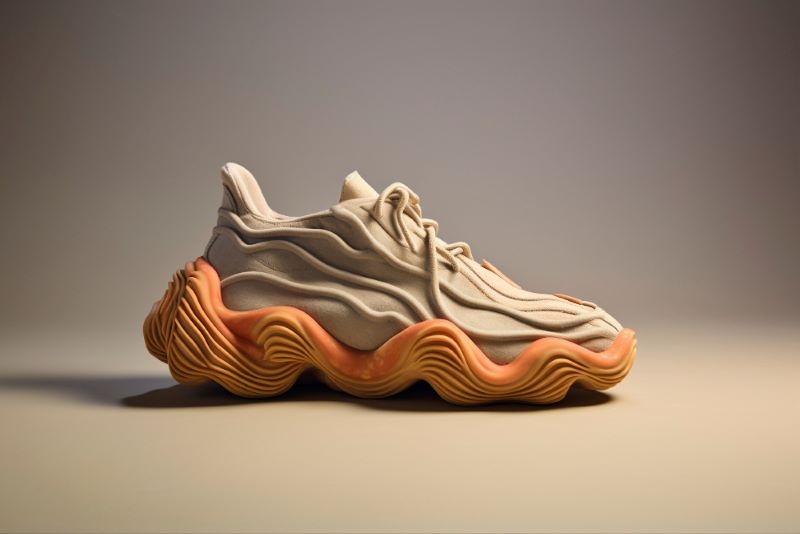
When you’re wondering how to tell if your sneakers are fake, it can help to know which shoes are often counterfeited. It’s not surprising that counterfeiters go where the money is, so the most popular shoes are also the most counterfeited. In fact, shoes are the most counterfeited product globally, and Nike is the most counterfeited brand. Some of the most often faked sneakers include:
Nike Air Force 1
Although it’s constantly restocked, Nike Air Force 1 is among the top counterfeited sneakers in the world. It’s a popular silhouette that’s always in demand, making it an easy target for counterfeiters.
Nike Air Jordan 1
Nike’s Solefly x Air Jordan 1 “Art Basel” sneaker release created quite a sensation. It was a surprise during Art Basel, an international art fair in Basel, Hong Kong, Miami Beach, and Paris. In 2019, Nike released this collaboration at the Art Basel show in Miami. The hype sent the price through the roof and inspired countless fakes.
Another Air Jordan 1 collab that’s frequently faked is the Travis Scott x Air Jordan 1 High. This limited-edition release featured the Nike swoosh facing the opposite direction, which caught the attention of everyone, including counterfeiters. The box is usually a dead giveaway since many factories could handle the shoe but botched copying the box.
Adidas Yeezys
The Yeezy 350 V2 Beluga is probably the most counterfeited Yeezy. This original colorway that debuted in 2016 gave rise to numerous counterfeit factories. Another frequently counterfeited Yeezy is the Yeezy 350 V1 Turtle Dove. This sneaker is counterfeited in some colorways that are entirely made up. You can even get lights on your fake Turtle Doves if you like. Since the Turtle Dove probably won’t be re-released, the counterfeit market will continue to flourish for this popular shoe.
The Yeezy 700 Waverunner also tops the most-counterfeited list. They’ve been released many times since being introduced in 2017. As one of the most iconic Yeezys, it’s a natural target for counterfeiters.
Nike Air Jordan 11
The Air Jordan 11 “Space Jam” was initially released in 2000, four years after the movie. It caused quite a stir. It’s not released often but creates a lot of demand when a new version comes out. Counterfeiters have become quite adept at producing quality fakes, making it a hard shoe to authenticate.
Nike Dunks
All Nike Dunks land high on the list of most frequently counterfeited shoes, but the Ben and Jerry’s x Dunk SB Low Chunky Dunky holds a special spot. It’s estimated that two-thirds of the Chunky Dunkys on the market are counterfeited. This is one of the brand’s greatest designs, with its excellent use of color, pattern, and texture. It sells for thousands on the secondary market and is the grail of many sneakerheads. The last release of the Chunky Dunky had a retail price of $100 but sold out immediately and made to sites like StockX almost as quickly, where it sold for many, many times the retail price.
Travis Scott x SB Dunk Cactus Jack
This highly sought-after sneaker has a tear-away panel on the upper that reveals a lightning pattern. The price on the resale market for the Cactus Jack has never dipped below $1000. Although the customized panel makes this shoe hard to duplicate, it doesn’t stop counterfeiters from trying.
The Problem With Fake Sneakers
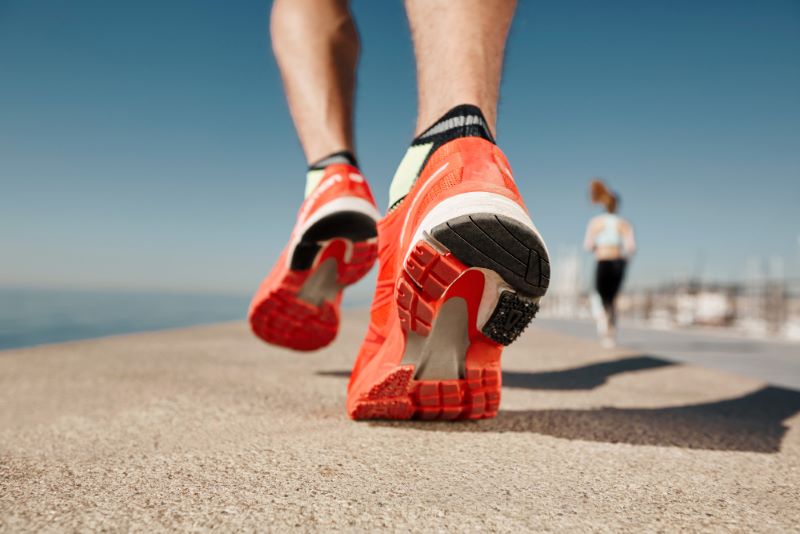
In addition to getting suckered, falling for counterfeit sneakers can seriously damage your reputation if you’re reselling sneakers. Sites that verify first simply won’t sell your fakes, which is bad enough. However, sites that allow you to sell fakes unknowingly may be even worse. If you sell a pair of fakes, you will have an unhappy customer who will report you, and you’ll probably get bad reviews and a reputation as a fraud.
Some sites will ban you if you’re caught selling counterfeit goods. Although it’s unlikely if you sell an occasional fake that you think is real, you could land in trouble for intellectual property (IP) infringement. The most extensive damage, though, will be to your name. No one wants to buy from someone who’s known for selling fakes. In the reselling game, a spotless reputation is essential.
Using Proxies To Avoid Copping Fake Sneakers
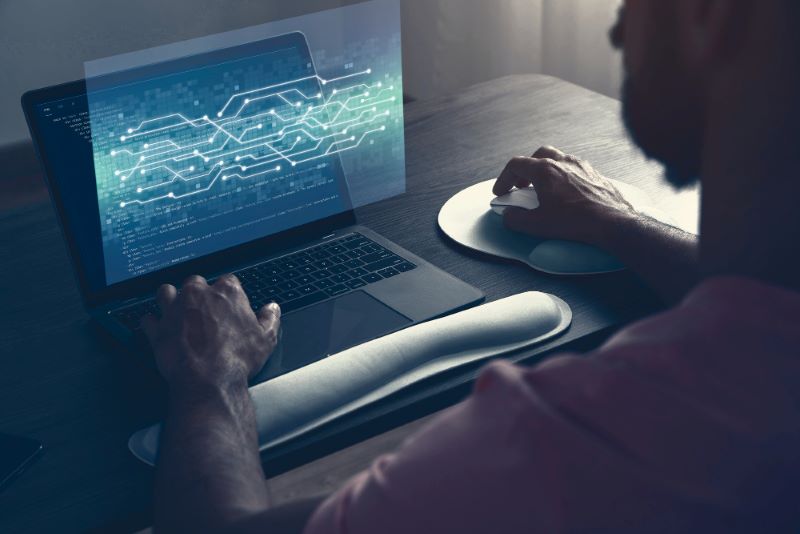
Sneaker proxies can help you avoid fakes in several ways. You can use a proxy IP address to scope out websites you’re considering copping sneakers from to make sure they’re legit. A proxy IP address hides your actual IP address so you can access sites that you might be geo-blocked from accessing. You can also access sites as they appear to users in different locations, which can be helpful if you’re trying to verify a site’s authenticity.
You can also use proxies with sneaker bots to cop sneakers straight from drops, so you know they’re authentic. With the competitive nature of most shoe drops, it can be almost impossible to cop sneakers without a bot. The most hyped drops of limited edition sneakers will sell out before you can put a pair in your cart. Sneaker bots and proxies level the playing field and give you a better shot at successful copping.
What are sneaker bots?
Sneaker bots are automated programs that do the copping for you. Copping with sneaker bots is called “cooking” and is often coordinated in Discord groups called “sneaker cook groups.” These groups provide information about monitoring drops and how to cop at hyped drops successfully. With a sneaker bot, you fill out all of your information ahead of time, so when the drop happens, the bot can almost instantly cop the shoes you want.
Computer programs work much faster than humans and are particularly good at repetitive tasks, such as repeatedly checking to see if your sneakers have dropped. Instead of sitting on your laptop hitting refresh all morning, you can set the bot and get on with whatever else you’re doing.
Sneaker bots aren’t an all-in-one solution, and you’ll need different bots for different brands and possibly even different stores. Sneaker bots can be almost as challenging to buy as limited-edition sneakers.
If you’ve never heard of sneaker bots before, you probably realize now why it’s been impossible for you to score a W on that new pair of kicks you want. Bots make it harder for actual humans to cop shoes from a drop, so most sites run anti-bot technology to block them. To get around those measures, you’ll need sneaker proxies.
What are sneaker proxies?
You’re probably familiar with IP addresses. Your internet service provider (ISP) assigns you an IP address when you sign up for internet service. This address provides identifying information about your device to the websites you access, and websites can use your IP address to block you from accessing their site.
A proxy IP address hides your real IP address and acts as an intermediary between your device and the website you’re accessing. When you use a sneaker proxy, your device will send a request to the proxy server. The proxy server attaches a different IP address to your request and then sends it to the website. The website will send the response back to the proxy server, which will send it back to you. This prevents the website from directly interacting with your device.
Why do you need sneaker proxies?
Sneaker bots have particular patterns of behavior that are unlike human behavior. Sneaker bots are extremely fast. If a website sees a device going through the checkout process in 1/15 of a second, it’s a good bet that there’s no human user behind the keypad. Anti-bot technology is designed to spot this behavior and block the offending IP address to prevent it.
Proxies are used to more closely mimic human behavior so that your bot is less likely to be outed and banned. One of the main ways proxies do this is by assigning different IP addresses to each request. So each time your bot sends a request, it goes out with a different IP address. If you send 100 requests, each is sent with a different IP address. To the website, it looks like 100 different requests from 100 different users. Obviously, this can’t be done with only one proxy IP address. You need a rotating pool of proxies to accomplish this. You can find out more about sneaker proxies in our Sneaker Reselling section.
Proxies also let you get around purchasing limits. Most sneaker drops limit you to one pair. Combining sneaker bots, proxies, and a few other tools can help you bypass these limits. These limits are enforced through several avenues. One method is by only selling one pair to a particular IP address.
Another way of limiting purchases is by selling one pair to each address. You can avoid this limit by “jigging” your address. This involves changing your address slightly but not enough to have your shoes delivered to the wrong place. You might do something like adding an A or B to the end of your street address.
Finally, websites block duplicate sales to the same credit card. A virtual credit card lets you tie multiple numbers to one account so you can avoid this type of block.
Types of sneaker proxies
Sneaker proxies can be classified in several different ways. The ones you need to be familiar with include data center proxies, ISP proxies, and residential proxies. We’ll discuss each one in detail below.
Data center proxies
Data center proxies are housed in a data center, and they are the cheapest type of proxy you can buy. Because data centers generate them, they’re also plentiful and easy to source. Data center proxies are also fast. You can find data centers almost anywhere globally, so you probably won’t have any issues locating one close to the website you want to access.
The disadvantage of data center proxies is that they’re easily identifiable as data center proxies. Since most human users don’t have data center IP addresses, they can raise a red flag for anti-bot software. If a bot detects bot-like behavior from a data center proxy, they may ban the entire subnet. If you don’t have enough subnet diversity, all of your proxies may get banned, bringing your sneaker bot to a screeching halt and giving you an L on the kicks you were hoping to cop.
If you go with data center proxies, look for a provider who offers free replacements and unlimited bandwidth. In addition, make sure your provider has plenty of subnet diversity in case of bans. We offer over 300,000 IPs spread across 20,000 unique C-class subnets and 9 ASNs in 26 countries at Rayobyte. You’ll also get unlimited bandwidth and connections, free replacements, and 24/7 customer support.
Residential proxies
Residential proxies are the type most people use. It’s issued by an ISP when they hook up your internet service, and these are highly reliable and authoritative. Since most people use residential IP addresses, they can easily sail by bot-detecting measures. Most websites are reluctant to block residential IP addresses because they don’t want to stop actual users from buying their products.
Residential proxies are sourced from real users, which can be a difficult and more expensive process. Because you’re using someone’s actual IP address, you need to use it responsibly and ethically. You need to make sure they aren’t using it when you need it, and they know you’re using it and what you’re using it for.
If this sounds complicated, it is. Unfortunately, many companies choose not to bother and either outright steal users’ IP addresses or trick them into giving permission by burying their TOS so deep it never sees the light of day. Rayobyte doesn’t believe in doing either, and we set the standard for ethical residential proxy sourcing.
Our end-users know how their IP addresses are being used and can revoke permission at any time. We only use their IP address if they aren’t using it and if their device is either plugged in or well charged. Rayobyte’s residential proxies are the most reliable proxies on the planet. Reach out to learn more about our residential proxies and transparent business practices.
ISP proxies
ISP proxies share some of the same features as data center proxies. They’re housed in data centers, but ISPs issue them, so they have more authority. They combine data center and residential proxies and don’t raise immediate red flags for anti-bot tech.
ISP proxies are also fast, so they’re a good option where speed is concerned. They’re more expensive than data center proxies, but you’ll have less downtime and less likely to get banned. Some high-end sneaker websites don’t allow data center proxies, so you’ll have to go with ISP or residential if you want to cop shoes from them.
Like data center proxies, ISP proxies can be affected by total subnet bans. Rayobyte’s ISP proxies are spread out over eight real IP ASNs. If one of your subnets is banned, we rotate your proxies to a new ASN so you can continue copping uninterrupted. Partnering with eight companies worldwide allows us to provide proxies in the United States, United Kingdom, and Germany, with highly in-demand U.S. cities such as NYC, Chicago, and Ashburn.
We want you to get the most out of your proxies, so we don’t limit your bandwidth or threads, which can result in a significantly lower cost. You’ll also get our world-class 24/7 customer support.
Final Thoughts

Fake sneakers are abhorrent to all sneakerheads, but there are more counterfeit sneakers than any other product. To avoid copping fakes, you should know what to look for. Carefully examining your sneakers and comparing them to originals is the best way to determine if they’re real or fake. Buying from a reputable source, checking the SKU numbers, and asking for a receipt can help you determine if a pair of shoes is authentic. If you don’t feel confident determining the authenticity of your sneakers yourself, you can use a third party such as an app or a service.
Pairing proxies with sneaker bots gives you the best chance of copping kick from hyped drops, especially limited-edition sneakers that often sell out in minutes. Rayobyte provides fast, undetectable proxies with ample bandwidth. We help you turn your sneaker collection into a money-making empire.
Join our Discord server to explore new content, ask questions, and connect with the proxy and sneaker reselling community. Whether you’re just getting started or taking your game to the next level, we can help you achieve your goals.
The information contained within this article, including information posted by official staff, guest-submitted material, message board postings, or other third-party material is presented solely for the purposes of education and furtherance of the knowledge of the reader. All trademarks used in this publication are hereby acknowledged as the property of their respective owners.





